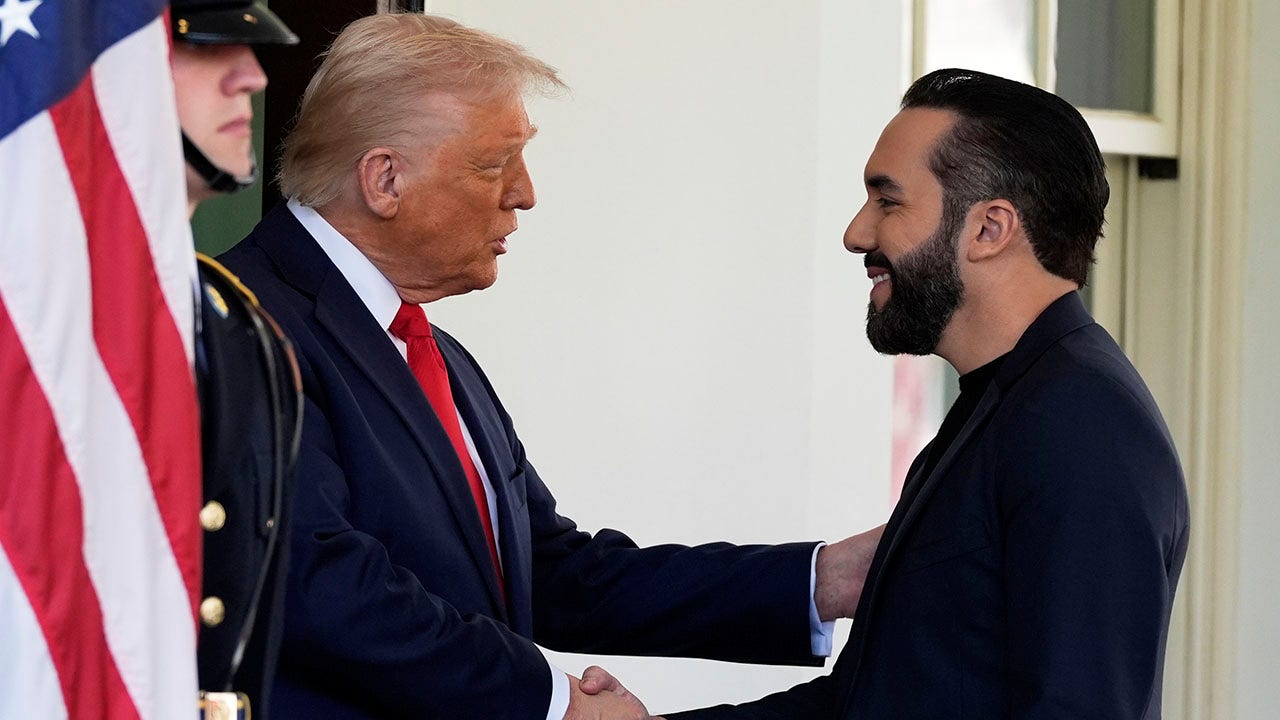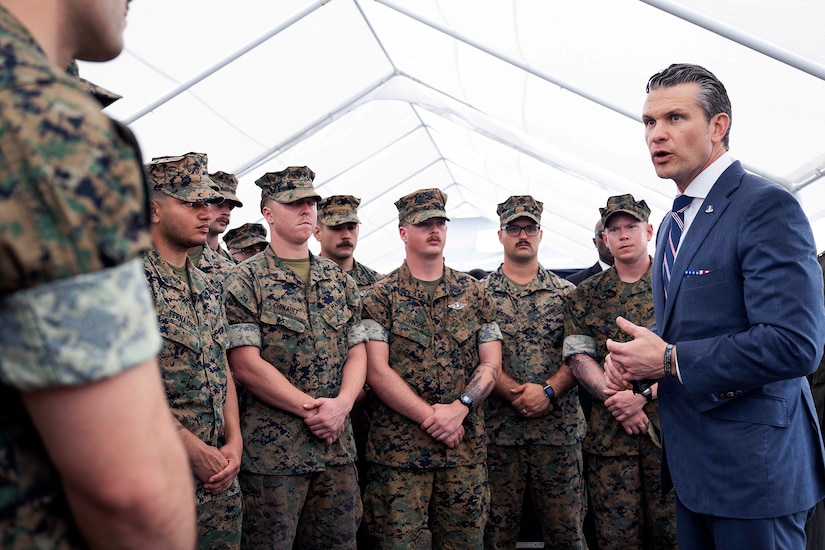NATO Secretary General Jens Stoltenberg gives a keynote speech at a US Chamber of Commerce event on July 9, 2024. (NATO)
NATO SUMMIT 2024 — As world leaders and defense ministers descend on the US capital for a summit marking NATO’s 75th anniversary, alliance leaders this afternoon previewed a new defense industrial pledge that is expected to be signed by all allies this week.
Although defense spending levels were a hot topic before Russia invaded Ukraine nearly two-and-a-half years ago, NATO allies are not expected to rally this week behind any plans to raise the minimum GDP defense investment above 2 percent. Instead, key officials at a Chamber of Commerce event said they are focusing on finding ways to spend available dollars better and create opportunities to jointly develop and produce new weapons.
“For the first time ever, every alley will pledge to develop plans to strengthen their defense industrial capacity at home,” White House National Security Advisor Jake Sullivan told the audience.
“Like our defense spending commitment, these individual pledges are critical to our collective security: They will enable the Alliance to prioritize production of the most vital defense equipment we would need in the event of a conflict [and] they’ll help forge new industry partnerships,” he added.
NATO Secretary General Jens Stoltenberg provided more fidelity on three key points contained in the pledge, noting that first element focuses, as always, on increased defense spending. He did not provide specific details but reasserted that he estimates 23 NATO allies will reach or exceed that 2 percent gross domestic product baseline goal this year.
“This has added billions to our defense ventures, and a lot of that is actually going into contracts with the defense industry,” he added. “This is a result of collective decision, collective responsibility.”
RELATED: Sullivan: Defense industry ‘still underestimating’ global need for munitions
Countries signing the new pledge are also vowing to “spend better by spending more together,” in part, by inking larger-term deals that can drive down the per unit cost of weapons, the outgoing secretary general added. Just today, he noted, NATO inked a nearly $700 million contract for Stinger surface-to-air missiles.
Along those lines, allies signing the pledge will agree to look for new coproduction deals. And while he didn’t preview any new decisions that might get announced this week, Stoltenberg said the move creates critical windows for interoperability.
During a panel later in the afternoon, several chief executives from US and European weapons companies pointed to interoperability as a key consideration as defense firms ramp up munitions production and nail down new coproduction agreements.
RTX CEO Chris Calio said countries should be strategic about coproduction deals and consider how different agreements could help address technology gaps or build supply chain resiliency.
“I think there are opportunities for centers of excellence that serve various countries, especially from a sustainment perspective,” he said.
He also spoke about the need for interchangeable replacement parts for weapon systems given to Ukraine.
“As people are donating things to Ukraine, how do we make sure that they are interchangeable? ” Calio said.
Morten Brandtzaeg, CEO of Norwegian ammunition maker Nammo, noted that different nations’ unique requirements makes interoperability more difficult.
RELATED: Co-everything: Pentagon teases series of weapon production partnerships with friendly nations
“We should have one standard and make sure that these ammunition can be used in all countries,” he said.
For its part, the US has been slowly rolling out new coproduction deals over the past couple of years, and today, just after Stoltenberg left the stage, the Pentagon’s No. 2 official said this will continue.
“The truth is — whether it’s a new production facility on the European continent funded primarily by EU investments, or coproduction and cosustainment with US Indo-Pacific partners like Australia, Japan, and the Republic of Korea — when fellow democracies work together to build and sustain things that NATO allies need, and that allies could perhaps one day buy and benefit from, that’s good for all of us,” said Deputy Defense Secretary Kathleen Hicks.
As a final point of the defense industrial pledge, Stoltenberg said it calls for allies to work more closely with partner nations. As an example, he cited the NATO office in Wiesbaden, Germany designed to lead the coordination of security assistance and training.
“We are doing that also to help to not only support but also to invest and develop projects together, increasing capability,” Stoltenberg said.
After nearly a decade in the role, this year’s summit is expected to be Stoltenberg’s final one as NATO’s secretary general. On Oct. 1, Dutch Prime Minister Mark Rutte is slated to take the reins and lead the Alliance.




















Discussion about this post